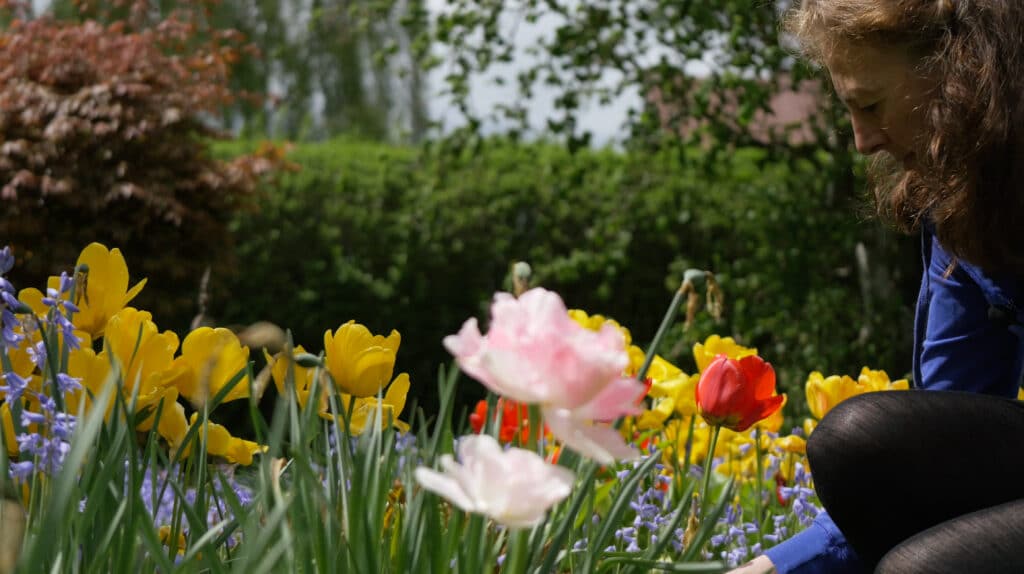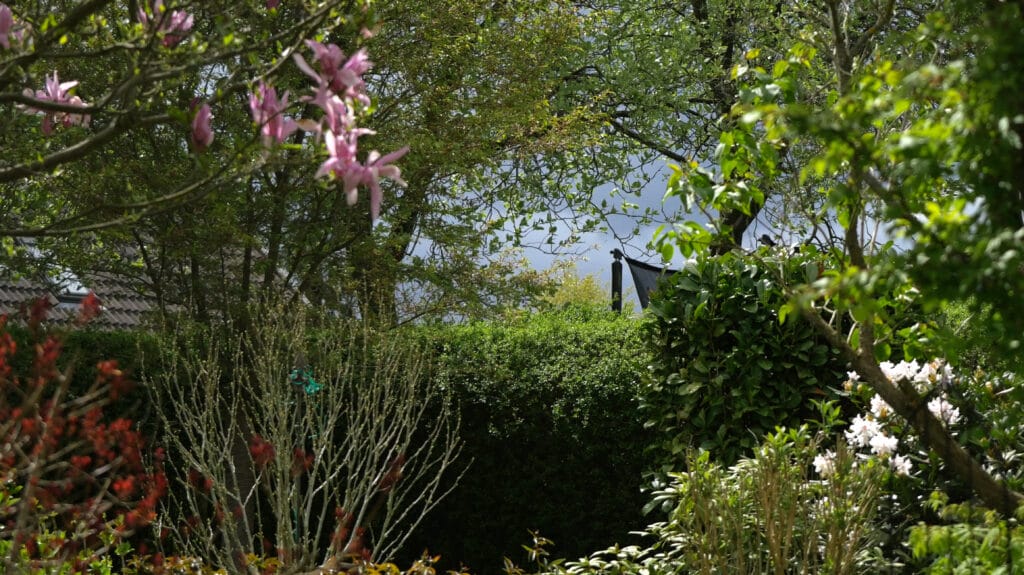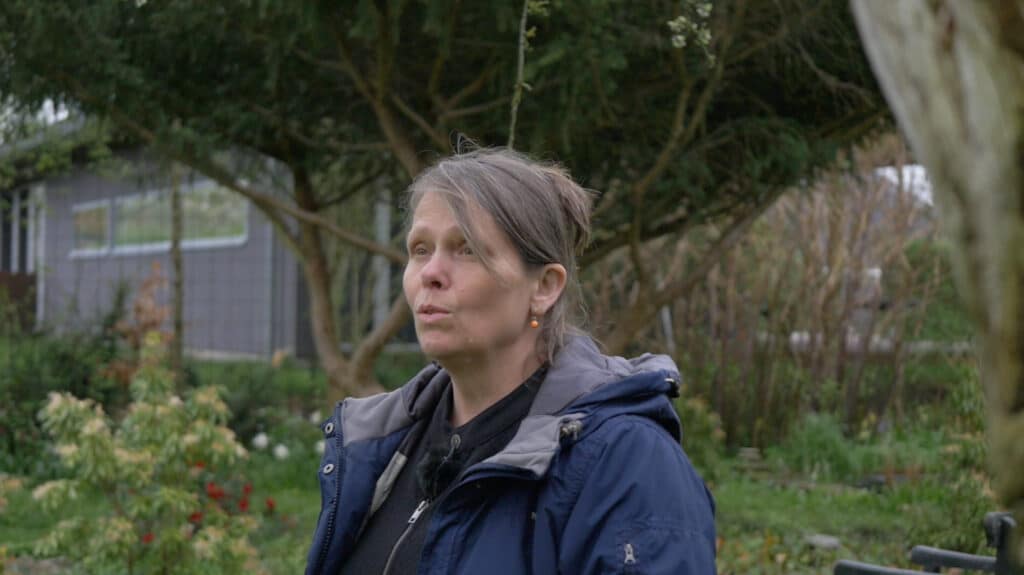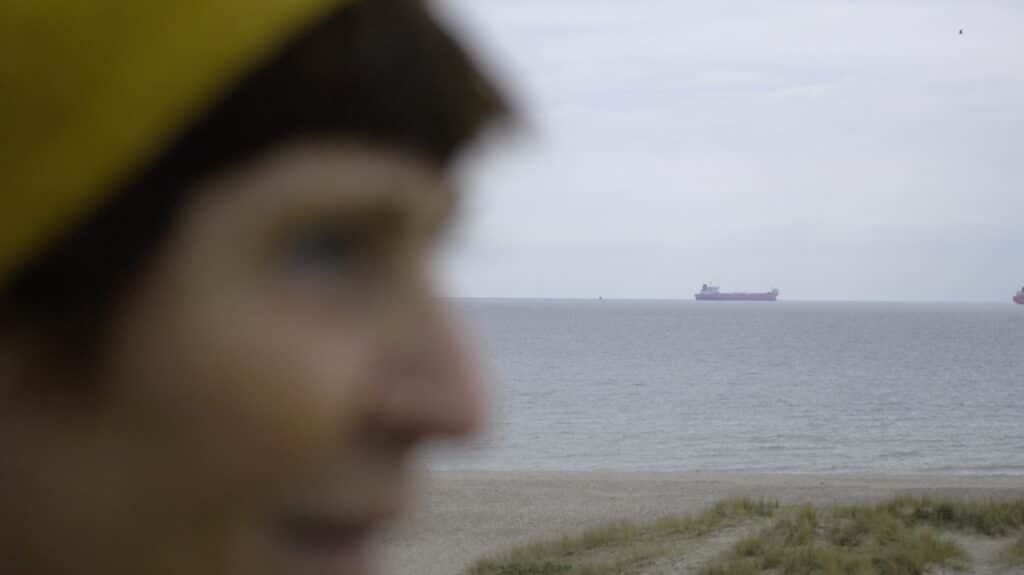“We don’t want to conquer space at all.
We want to expand Earth endlessly.
We don’t need other worlds.
We need a mirror.”
Solaris (1972)

A journal of reflections by Madeleine Kate McGowan, Safina Center Launchpad Fellow, from her process of creating the immersive video installation ‘Holding our Breath,’ supported by the Danish Arts Council and The Safina Center.
Irreversible climate and environmental crises present a grave threat to the living planet and its communities of human and non-human creatures. A threat that is not merely about species survival and physical wellbeing, but about keeping our mental health and spiritual balance while living in the midst of a time of catastrophes. We have been told by the international scientific community that we have approximately ten years to act, before we move into irreversible climate catastrophe, an unravelling, a prognosis which in itself is a mechanical and western-centric approach that in my opinion only reproduces the paradigm that got us into this mess to begin with. Climate catastrophe has already hit many places, cultures, species, peoples. The alarms that sound from the IPCC reports, are in themselves a privilege.
As a human being, I feel an existential calling to deal with this crisis. How can I not? As an artist I believe that the arts can play a crucial role in opening another kind of approach to this crisis. I believe we need a pluralistic approach; we need philosophy, biology, communication, arts and more. We need a new language, and we need new tools. We need to re-visit everything we think we know. And we need a mirror. As Croatian philosopher and co-founder of the Democracy in Europe Movement, Srecko Horvat writes in After the Apocalypse (2021), “To create a crack in chronos-time, through which at least a different end of the world could be imagined and perhaps even constructed, is the main task in the times after the Apocalypse.” Chronos-time, which is popularly known as chronology, is the time experience of this period. Other periods had other experiences of time, such as ‘Nature time’ which is circular and non-measurable. Chronos is described by Plato in his myth of creation Timaeus. It is the time experience that makes capitalism possible, as it places us in a world of measurements—seconds, minutes, days, months, years. It establishes the foundation for efficiency, productivity. It is found in an ongoing gaze into the future, moving from A to B on a horizontal axis.

I believe there is a key to find in exploring these time experiences. As Plato describes Chronos, he also describes another possible experience of time; Chora. According to Plato, Chora is a vertical time experience, it is a space, spacious, it is of dreams, poetry, the absurd, the deep and endless. It is the time experience that art can open. Where the moment gets thick. Where Chronos and Chora meet, Plato describes as The original moment. To open spaces where we are present, where time stands still, where our senses are active, where we re-visit what we take for granted, like the Air, the Wind, the Water, Soil. This among other aspects, is what art can open and facilitate, I believe.

I have started the process of creating an immersive video installation with the title: Holding our Breath. Over a longer period, I traveled around the country where I am based these days, Denmark. Here I visited different people in many different regions. Each encounter was activated through a sensuous focus on the element of Air. In pandemic times, living in a world that is out of breath, the Air we breathe is not taken for granted anymore. We are born into Air. We are creatures of Air. Air is most intimate, it is inside us and runs through our nostrils every day. Within the past year it has become clear how we have forgotten to be present within Air. And Air is now written in the collective. It is making itself felt. Making itself seen. Air is now written in ash, voice, scream, stock collapse, hisses, slime, coal and coding. Air is whispered from a lonely death-bed and sung from the deepest rainforest. Shivered through root networks, run across soils as hardened blood, tight as a sandstorm, blown as letters of a climate collapse, resting as yellow fog, rolled over vocal chords, choked midst teargas, twirled as a hurricane and shaped as writing on cardboard signs at the largest mass demonstrations in the history of the human species.
This made me ask myself these questions: If the Air sent us letters, what would such letters look like? Would we catch them? Would we be able to read them?
With this video installation, I am trying to write a letter back to the Air and while doing so, seeking to establish a space that opens the time experience of Chora. It is crucial to me that we have an alternative to chronological time in these times of catastrophes. This work is a new kind of care-work I believe. And while creating the work, the process in itself involves human beings to relate to air, through conversations and through the act of singing. Maybe this is how art can become care-work in times of catastrophes.

The pandemic has not only cast a heightened attention on the importance of care-work in relation to the health of the physical body, but it has also made clear how care-work for mental health is crucial now. I propose that living in the midst of a mass extinction, forces us to open new approaches to what it means to be alive, and that an artistic and speculative approach to these challenges are a crucial contribution in this moment of time.
Is it possible to spark a reflection for a possible shift in perspective and attitude on the way we deal with climate issues in contemporary Denmark? Hereby intrigued to explore how we can use artistic tools to possibly reshape attitudes, opening critical reflection, and thereby potentially inspiring people to inhabit and imagine that which is today ungraspable. Thus moving towards a way of inhabiting the world which works with the limitations of this planet; learning to live and die together in responsibility, cultivating multi-species justice, on a damaged Earth (Haraway 2016).
